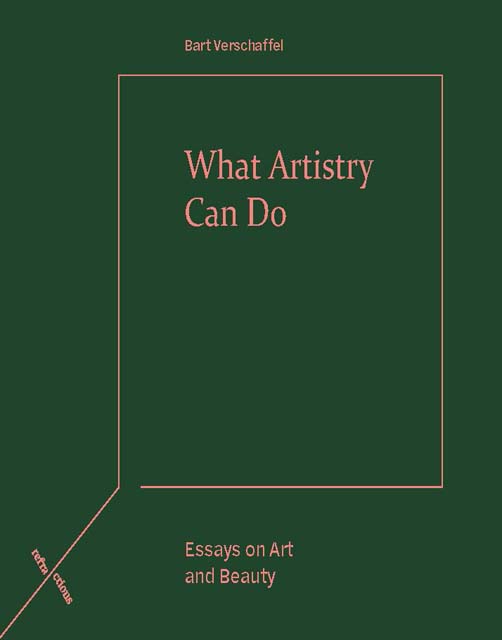4 - On the Pleasure of Finding What Is Hidden (With Hidden Noise by Marcel Duchamp)
Published online by Cambridge University Press: 18 November 2022
Summary
Of course it was my intention that that would mean nothing,
but in the end everything will get a meaning.
Marcel DuchampOnce again, the traps of writing were set. Once again, I was like a child who plays hide-and-seek and who does not know what he fears or desires the most: to remain hidden or to be found.
Georges Perec, W ou le souvenir d’enfanceSearching and finding is always exciting. Making something disappear (hiding, packing, covering up, burying, throwing in the water or into the abyss, storing in a box or a cupboard, etc.), together with discovering (unpacking, digging up, opening, unmasking, etc.), affords real pleasure, a peculiar satisfaction both dark and deep. The unknown, what we do not understand or do not (or no longer) remember, what is hidden or concealed, seems inherently interesting to us: the ‘mysteries of the universe’, the location of Van Eyck's panel of The Righteous Judges, the purpose of the statues on Easter Island, confessional and professional secrets, conspiracies and so on. This applies, above all, to people and their bodies. After all, people do not just hide and look for things but hide themselves. They use clothing and makeup, masks, shadows and the night, lies and silence, corners and rooms to disappear from sight – at least at times – and exist unseen.
Hiding touches on a cluster of fundamental images, diverse and conflicting interests, basic motivations and emotions. Sigmund Freud analyses its meaning in Beyond the Pleasure Principle (Jenseits des Lustprinzips) (1920), partly by way of an anecdote. He describes how his grandson would constantly throw toys under the bed, each time uttering ‘o-o-o’ (‘Fort’) as he made them disappear. As Freud realised, little Ernst did not really want those things gone but was using them to play ‘ fortsein’. It was a game. Freud next noticed the child throwing out a spool tied to a piece of string until it disappeared, and then reeling it back with a joyful ‘Da!’. The game, it turned out, was not just ‘Fort’ but ‘Fort-Da’. It follows that Fort-Da and hide-and-seek are not just about throwing away or disappearing but also and above all about finding and coming back.
- Type
- Chapter
- Information
- What Artistry Can DoEssays on Art and Beauty, pp. 34 - 46Publisher: Edinburgh University PressPrint publication year: 2022

